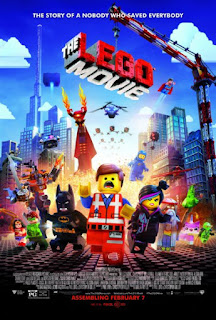Film Review: Disney’s Hercules (1997) - The Hero’s Journey
Figure 1. Hercules (1997) The mythical wonder that is Disney’s ‘ Hercules (1997) ’, titled after the main character himself, has graced our screens for all these years, and yet, it still manages to dazzle our eyes with extreme colour and filled our ears with musical joy. Directed by Ron Clements and John Musker, it’s a perfect example of how to describe Joseph Campbell’s monomyth, The Hero’s Journey. The story begins with the birth of the Hero, Hercules, son of Zeus. With immense strength and cheerful disposition, the realm of Gods seemed tranquil for a moment with the new arrival to the godly line-up. However, that happiness would be short lived, when the ever jealous Hades, lord of the underworld, would turn the small child in to a mortal. Despite what the original Greek mythology states about the main hero himself, Hercules is a happy-go-lucky chap with high hopes and not much clue about the hero business at the beginning. After becoming mortal and being adopted by two...



OGR 07/11/2014
ReplyDeleteHi Chels,
There are a number of your thumbnails that I like: I like the spectacle of those cage-lights like lollipops (36) and the simpler, more 'pure' structures of some of the others; I like too the idea of using that green glaze as a binding element for your city in general terms. I suppose I'm not sure about that tower in your city, only because Deacon seems to favour lower-lying forms - so epic like this:
http://upload.wikimedia.org/wikipedia/commons/1/1e/Beijing_national_stadium.jpg
and less like this:
http://www.shangri-la.com/uploadedImages/Shangri-la_Hotels/Shangri-La,_London/Shangri-La-Hotel-At-The-Shard-London-Hero.jpg
The other thought I had while reading your travelogue concerned the power-source - if your world is made of real materials - clay/wood/glass etc. - maybe you could look at a more 'lo-fi' idea in terms of power; there's something artisan about Deacon's work - hand-made, so maybe in terms of power-sources look at the technologies of craft: so kilns and potters wheels and forges:
https://farm3.staticflickr.com/2122/2132541195_33a5cff9e3_z.jpg?zz=1
http://connecticuthistory.org/wp-content/uploads/2013/04/HerveyBrooksPotteryWheel-610x478.jpg
http://upload.wikimedia.org/wikipedia/commons/e/e1/(Guédelon)_Forge.JPG
I think, if you look at Deacon's work, there's something 'non-tech' and traditional about his constructions and choice of material, and I wonder if you need to factor that back into the design of your city; you've got that tram, which is automated/computerised/floaty - but would Deacon think in those terms, do you think? Would there be mysterious power sources - or would it all be more old-school? I suggest you look at the techniques/technologies he uses to create his forms, and try and use those as a further set of design principles for designing your city.